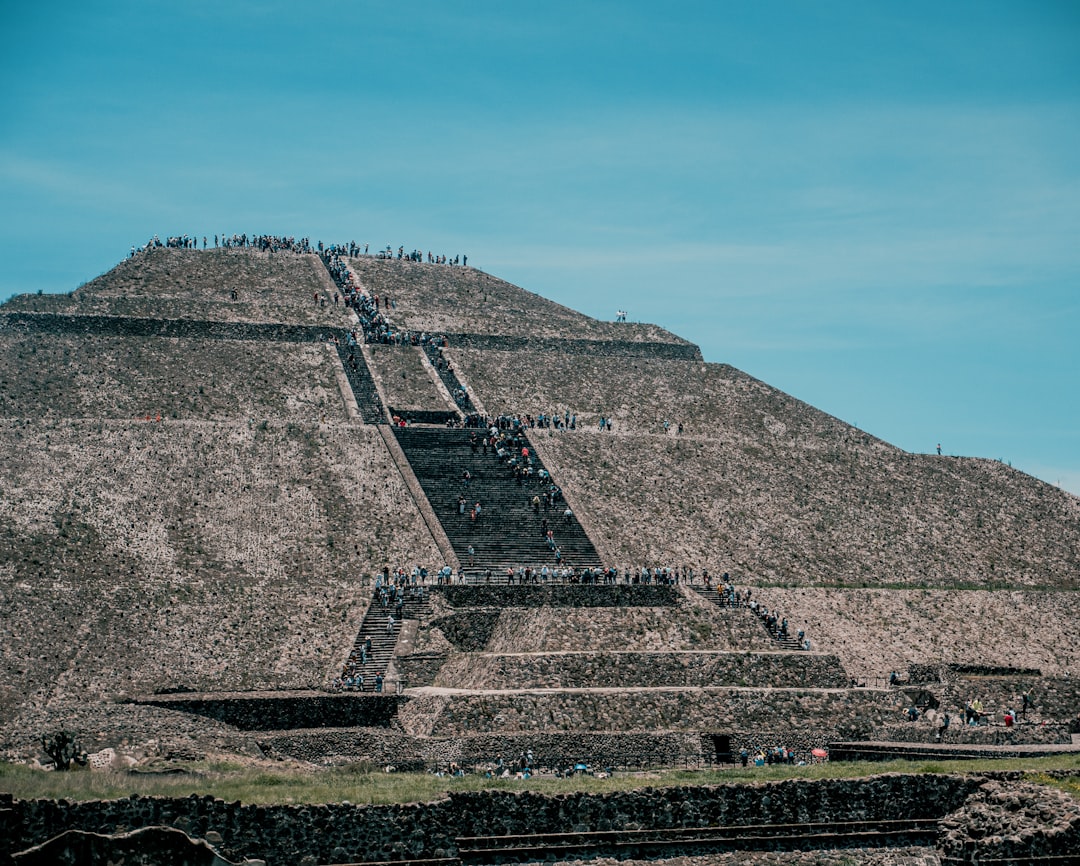What is it about?
For the first time in Italian scholarly literature, the work takes into account the radiocarbon evidence from a recently excavated Middle Bronze Age site in a Bayesian modelling perspective. Different models as to the relative chronology between groups of huts are analyzed, and the starting and ending boundaries as well as the site's life span are estimated on the basis of the most likely model (namely, a single-phase model).
Featured Image
Why is it important?
The work is important in that it represents the first attempt to better understand, via explicit and formal modelling, the life-span of a Sicilian Middle Bronze Age site. Besides pinpointing the likely start and end date of the site, it interestingly turns out that the likely duration is not as long as suggested in literature, corresponding to about 100 years.
Perspectives
The work has been one of the steps of my research interest in the absolute chronology of the Bronze Age in Sicily. With it, I tried to shed new light in the interpretation of the published evidence of Middle Bronze Age sites by using novel approaches such as Bayesian modelling in the context of radiocarbon calibration.
Dr Gianmarco Alberti
University of Malta
Read the Original
This page is a summary of: The aid of Bayesian radiocarbon modeling in assessing the chronology of Middle Bronze Age Sicily at the site level. A case study, Journal of Archaeological Science Reports, June 2015, Elsevier,
DOI: 10.1016/j.jasrep.2015.02.009.
You can read the full text:
Resources
Contributors
The following have contributed to this page










